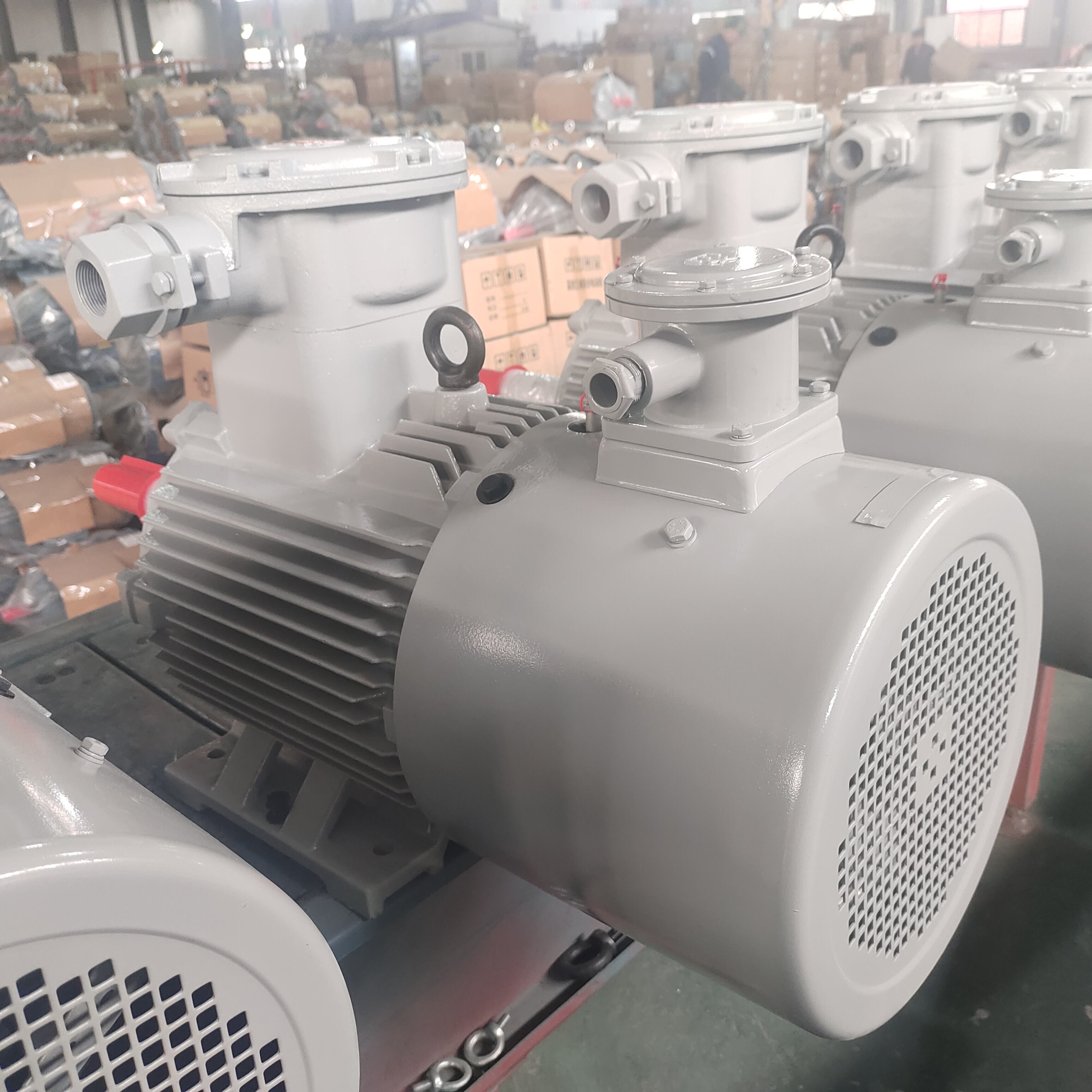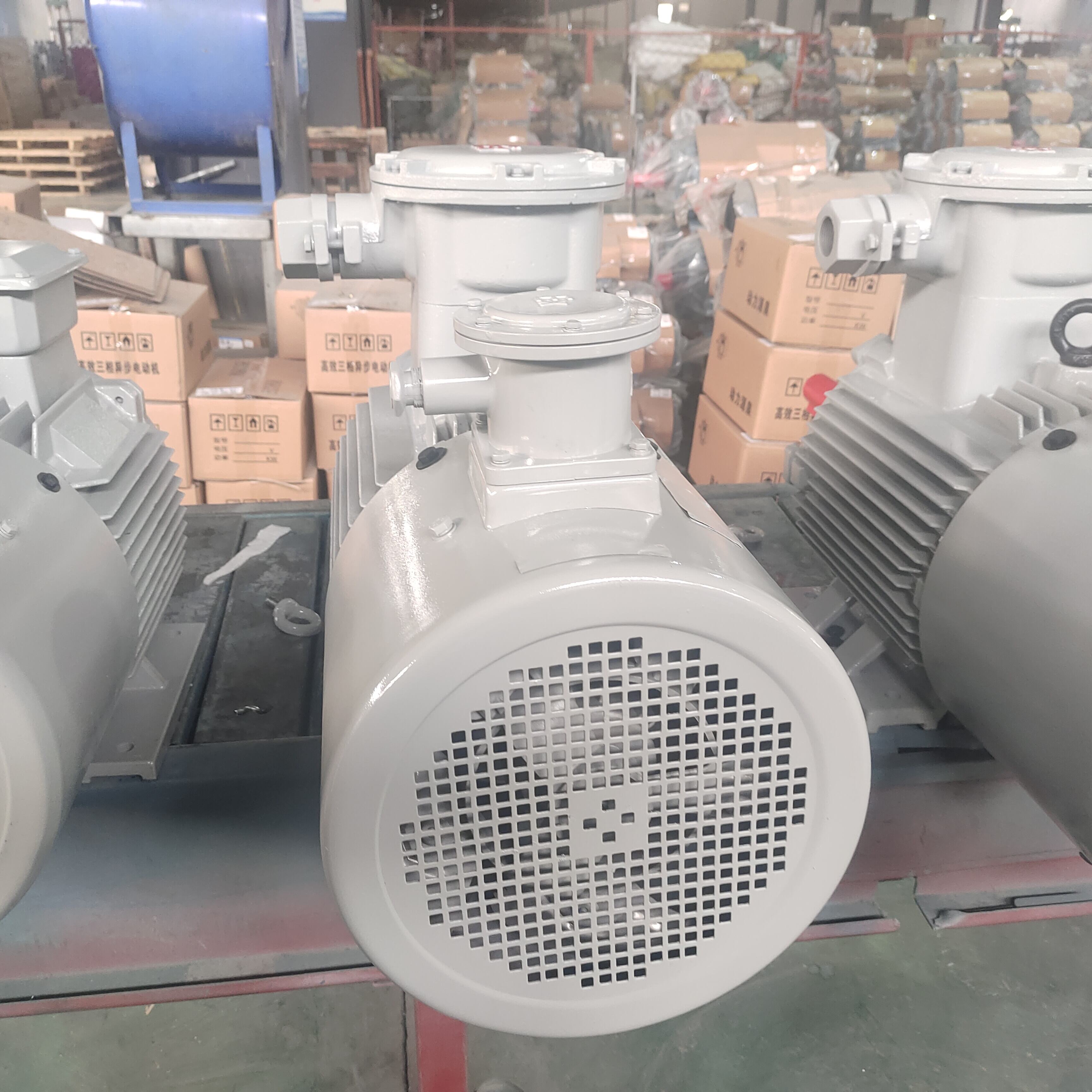Energy Savings with Variable Frequency Motor Drives
Introduction to Variable Frequency Motor Drives
The demand for energy efficiency has become a defining factor in modern industrial operations, commercial facilities, and even residential applications. Electric motors are responsible for a significant portion of global electricity consumption, powering pumps, fans, compressors, conveyors, and countless other machines. Traditional motors running at fixed speeds often waste energy because they cannot adapt to varying loads. The introduction of the Variable Frequency Motor drive, also known as a VFD or inverter drive, has revolutionized motor control and made substantial energy savings possible. By varying the frequency and voltage of the electrical supply, these drives allow motors to operate only at the speed required for a given task, significantly reducing wasted power and improving overall system performance.
How a Variable Frequency Motor Drive Works
Frequency Control and Motor Speed
The speed of an induction motor is directly related to the frequency of the supplied alternating current. A fixed-speed motor runs at a constant speed determined by the grid frequency, regardless of actual demand. A Variable Frequency Motor drive changes this by converting the fixed-frequency input power into a variable-frequency output, thus regulating the motor’s speed. This allows the motor to operate more closely in line with load requirements.
Voltage Adjustment and Torque Management
In addition to altering frequency, VFDs adjust voltage to maintain an optimal relationship between voltage and frequency. This ensures that torque is maintained even at lower speeds, preventing the motor from stalling or overheating. The combination of variable speed and torque control makes the Variable Frequency Motor drive highly efficient in dynamic applications.
Energy Savings Mechanisms
Matching Motor Output to Load
The most direct way Variable Frequency Motor drives save energy is by aligning motor output with the actual load. For example, a pump or fan running at half speed consumes significantly less power than at full speed, because the power required is proportional to the cube of the speed in variable torque applications. This means even small reductions in speed can lead to dramatic energy savings.
Soft Starting and Reduced Inrush Current
Traditional motors draw high inrush currents during startup, which not only wastes energy but also strains electrical infrastructure. A Variable Frequency Motor drive provides a soft start, gradually ramping up motor speed and reducing current spikes. This reduces energy loss and extends the lifespan of the motor and connected equipment.

Regenerative Braking
Some advanced Variable Frequency Motor drives feature regenerative braking, where kinetic energy generated during deceleration is fed back into the power supply instead of being dissipated as heat. This captured energy can be reused, contributing further to energy efficiency.
Idle Power Reduction
In applications where motors remain idle for significant periods, Variable Frequency Motor drives can reduce or cut off power supply during inactivity. This prevents energy waste while ensuring rapid restart when needed.
Applications Where Energy Savings Are Maximized
HVAC Systems
Heating, ventilation, and air conditioning systems consume large amounts of energy in commercial buildings. Variable Frequency Motor drives allow fans and pumps to adjust speed according to occupancy levels and environmental conditions, significantly reducing energy usage while maintaining comfort.
Water and Wastewater Treatment
Pumps in water systems operate under fluctuating flow demands. By using Variable Frequency Motor drives, operators can precisely control pump speeds to match flow requirements, resulting in substantial reductions in electricity consumption.
Industrial Manufacturing
In industries such as textiles, paper, or food processing, machinery rarely requires maximum speed continuously. Variable Frequency Motor drives allow motors to slow down during periods of low demand, conserving energy while maintaining production quality.
Agriculture
In irrigation and livestock management systems, Variable Frequency Motor drives regulate pumps and feeders, ensuring optimal energy use while delivering consistent water and food supply to crops and animals.
Mining and Oil & Gas
These energy-intensive industries benefit greatly from energy savings offered by Variable Frequency Motor drives, especially in applications such as conveyors, compressors, and drilling rigs, where load conditions vary significantly.
Economic Benefits Beyond Energy Savings
Lower Operating Costs
By reducing electricity consumption, businesses lower their utility bills substantially. In many cases, the savings achieved with Variable Frequency Motor drives pay back the initial investment within one to three years.
Reduced Maintenance Costs
Soft starting and smoother motor operation minimize mechanical stress on components such as belts, gears, and bearings. This reduces downtime and lowers maintenance expenses, adding another layer of cost savings.
Extended Equipment Life
By avoiding sudden starts, overloads, and excessive vibration, motors and connected machinery last longer. This means fewer replacements and capital expenditures over time.
Utility Incentives
Many energy providers offer financial incentives or rebates for companies that adopt Variable Frequency Motor drives due to their role in reducing energy demand. This further improves return on investment.
Challenges and Considerations
Initial Investment
The upfront cost of purchasing and installing Variable Frequency Motor drives is higher than using fixed-speed motors. However, the long-term savings often outweigh the initial expense, especially in large-scale operations.
Harmonics and Power Quality
Variable Frequency Motor drives can generate harmonics, which affect power quality and may interfere with other electrical systems. Mitigation techniques such as harmonic filters or using active front-end drives are often required.
Environmental Conditions
Drives must be selected and installed with consideration of the operating environment. Excessive dust, heat, or moisture may require protective enclosures or cooling systems to ensure long-term reliability.
Future Trends in Variable Frequency Motor Drives
The future of Variable Frequency Motor drives lies in their integration with smart systems and the Internet of Things (IoT). Smart VFDs are now capable of real-time monitoring, predictive maintenance, and remote control, providing both energy efficiency and operational intelligence. Advances in semiconductor technology are making drives smaller, more efficient, and more cost-effective. With the global push toward renewable energy, Variable Frequency Motor drives are playing a role in balancing variable power inputs from wind and solar energy, ensuring stable and efficient performance.
Conclusion
The Variable Frequency Motor drive is one of the most effective technologies for improving energy efficiency in motor-driven systems. By adjusting speed and torque to meet real-time demand, it reduces wasted energy, minimizes operating costs, and extends equipment life. While the upfront investment may be higher compared to traditional fixed-speed motors, the long-term economic and environmental benefits make it an essential solution for modern industries. As technology continues to evolve, Variable Frequency Motor drives will become even more efficient, intelligent, and widespread, reinforcing their role as a cornerstone of sustainable energy management.
FAQ
How much energy can a Variable Frequency Motor drive save?
Depending on the application, energy savings can range from 20 to 50 percent, particularly in pump and fan systems.
Does a Variable Frequency Motor drive reduce startup current?
Yes, it provides soft starting by gradually ramping up motor speed, which reduces inrush current and energy waste.
Can Variable Frequency Motor drives be used in HVAC systems?
Yes, they are widely used in HVAC systems to regulate airflow and water flow based on demand, improving efficiency and comfort.
Do Variable Frequency Motor drives extend motor life?
Yes, by reducing mechanical stress and preventing sudden starts, they extend the life of motors and connected equipment.
Are there drawbacks to using Variable Frequency Motor drives?
Challenges include higher upfront costs and potential harmonic distortion, but these can be managed with proper design and mitigation.
Do Variable Frequency Motor drives support regenerative braking?
Some advanced models include regenerative braking, which feeds excess energy back into the grid for additional savings.
How quickly can businesses see a return on investment?
In many cases, ROI is achieved within one to three years through reduced energy and maintenance costs.
Are Variable Frequency Motor drives environmentally friendly?
Yes, they lower overall energy consumption, reduce emissions, and support sustainability goals.
Can Variable Frequency Motor drives integrate with IoT systems?
Yes, modern drives often include smart features that allow integration with IoT platforms for real-time monitoring and predictive maintenance.
What industries benefit most from Variable Frequency Motor drives?
Industries such as HVAC, water treatment, manufacturing, agriculture, mining, and oil and gas gain the most from their energy-saving capabilities.
Table of Contents
- Energy Savings with Variable Frequency Motor Drives
- Introduction to Variable Frequency Motor Drives
- How a Variable Frequency Motor Drive Works
- Energy Savings Mechanisms
- Applications Where Energy Savings Are Maximized
- Economic Benefits Beyond Energy Savings
- Challenges and Considerations
- Future Trends in Variable Frequency Motor Drives
- Conclusion
-
FAQ
- How much energy can a Variable Frequency Motor drive save?
- Does a Variable Frequency Motor drive reduce startup current?
- Can Variable Frequency Motor drives be used in HVAC systems?
- Do Variable Frequency Motor drives extend motor life?
- Are there drawbacks to using Variable Frequency Motor drives?
- Do Variable Frequency Motor drives support regenerative braking?
- How quickly can businesses see a return on investment?
- Are Variable Frequency Motor drives environmentally friendly?
- Can Variable Frequency Motor drives integrate with IoT systems?
- What industries benefit most from Variable Frequency Motor drives?


